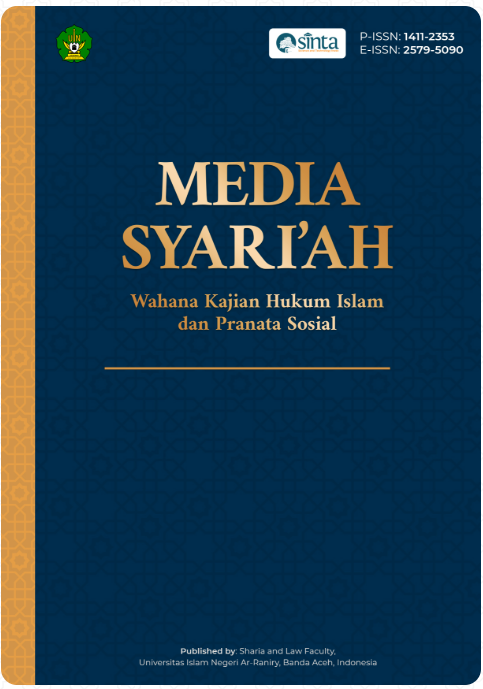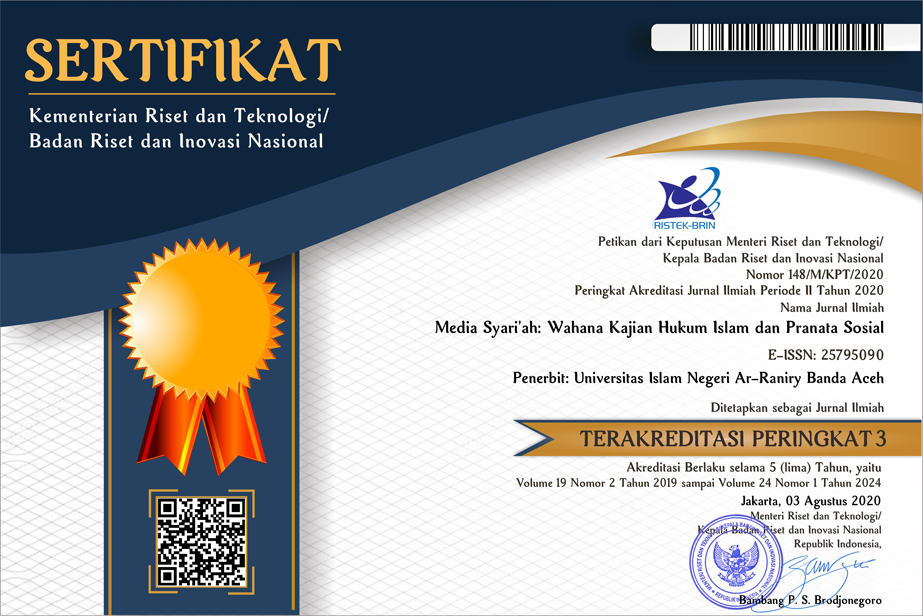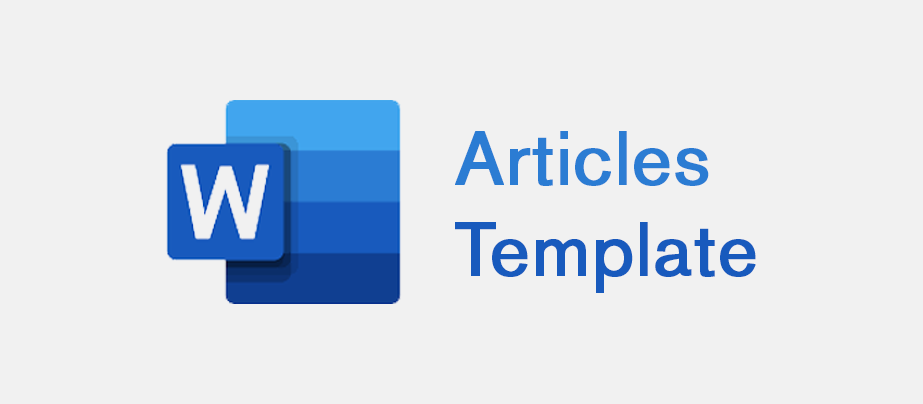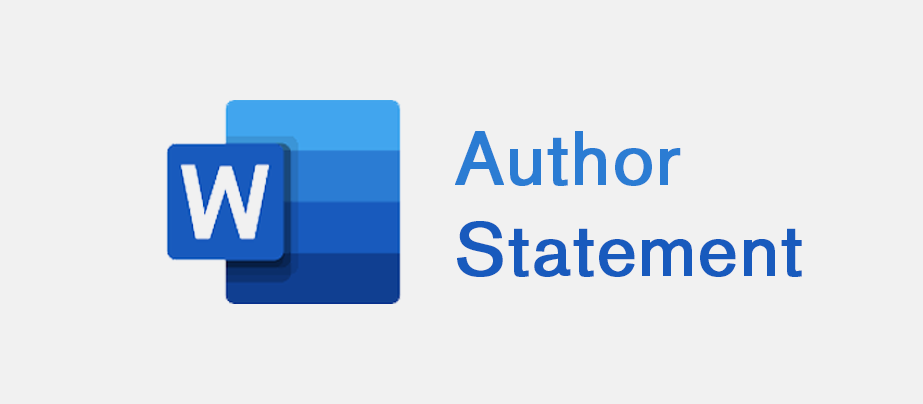Indifference of Jakarta KRL Users: A Postive and Islamic Law Perspective
DOI:
https://doi.org/10.22373/jms.v26i2.24796Keywords:
KRL, KRL User Etiquette, Indifference BehaviorAbstract
This research examines the indifferent behavior of users of priority seats on the Electric Commuter Train in Jakarta. This deviant behavior occurs during the commuting hours, both in the morning and evening. This research was examined using qualitative research methodology and a case study approach. In this study, it was found that KRL passengers choose to ride the KRL so they can sit and rest during the journey on the KRL. The irony is that on every seat occupied in the KRL, there is an appeal to give up their seat for those who are classified as priority. Meanwhile, those who have already gotten a seat choose to be indifferent, either by sleeping or covering their ears with headphones while watching their phones or playing games during the journey. With that behavior, they hope not to have to bother giving up their seats to priority users during the journey. Our analysis of that behavior concluded that it is not in line with the ethical system that applies in the KRL. This occurs due to the low legal awareness of KRL users regarding the applicable norms. Likewise, the background of religious, social, and moral education plays an important role in the existence of such indifferent behavior. The existence of such indifferent behavior falls into the category of a modern humanitarian problem that is highly capitalistic. Degrading the value of humans in Islam as khalifatullah, because they are unable to make Allah the primary object of worship in every activity, especially by giving priority to those who are more deserving.
References
Arief, A. M. (n.d.). Harga BBM Naik, Jumlah Penumpang MRT dan Kereta Api Bertambah - Industri Katadata.co.id. Retrieved December 25, 2022, from https://katadata.co.id/tiakomalasari/berita/632999fc8eca2/harga-bbm-naik-jumlah-penumpang-mrt-dan-kereta-api-bertambah
BPS Provinsi DKI Jakarta. (2021). Provinsi DKI Jakarta Dalam Angka 2021. BPS Provinsi DKI Jakarta.
Dahlan, A. F., & Fraszczyk, A. (2019). Public Perceptions of a New MRT Service: a Pre-launch Study in Jakarta. Urban Rail Transit, 5(4). https://doi.org/10.1007/s40864-019-00116-0
David Hizkia Tobing, D. (2016). Bahan Ajar Metode Penelitian Kualitatif. Program Studi Psikologi Fakultas Kedokteran UNIVERSITAS UDAYANA.
Dihni, V. A. (n.d.). Penumpang KRL Jabodetabek Turun 19,6% pada 2021. Retrieved December 26, 2022, from https://databoks.katadata.co.id/datapublish/2022/01/04/penumpang-krl-jabodetabek-turun-196-pada-2021
Etika Profesi: Membangun Profesionalisme Diri - Google Books. (n.d.). Retrieved January 16, 2023, from https://www.google.co.id/books/edition/Etika_Profesi_Membangun_Profesionalisme/Ce34DwAAQBAJ?hl=id&gbpv=1&dq=etika&printsec=frontcover
Fuadilah, a. (2021). Analisis Faktor-Faktor Yang Mempengaruhi Keputusan Pembelian Tiket (Commuter Line) Jabodetabek.
Handayasari, I., & Artiani, G. P. (2018). Evaluasi Kapasitas Parkir Kendaraan Bermotor Roda Dua Pada Stasiun Commuter Line Tangerang. Jurnal Kajian Teknik Sipil, 3 (2), 64–74.
Kusmawan, D., & Susilowati, I. H. (2020). Studi Kualitas Hidup Pekerja Komuter Pengguna Krl Commuter Line Dan Busway Transjakarta Dari Bogor Ke Jakarta. Jmj, 8(2).
Lutfi Dwi Puji Astuti, B. A. (n.d.). Unik, Begini Cara Para Komuter Mengisi Waktu di Atas Kereta. Retrieved December 25, 2022, from https://www.viva.co.id/gaya-hidup/inspirasi-unik/872629-unik-begini-cara-para-komuter-mengisi-waktu-di-atas-kereta
Nathanael, J., Linggasari, D., & Angkat, H. (2021). Analisis ATP-WTP Penumpang Kereta Rel Listrik Lintas Bogor-Jakarta Kota. JMTS: Jurnal Mitra Teknik Sipil, 4(1), 65. https://doi.org/10.24912/jmts.v0i0.10454
Nazwirman, & Hulmansyah. (2017). Karakteristik Penumpang Pengguna KRL Commuter Line Jabodetabek. Journal of Economics and Business Aseanomics (JEBA), 2(1), 26–35.
Panduan Naik KRL Commuterline. (n.d.). KAI Commuter.
Peraturan Pemerintah Republik Indonesia Nomor 61 Tahun 2016, (2016).
Philip, F. J., Fassa, F., & Nurhidayah, F. (2018). Kesediaan Membayar Pengguna terhadap Peningkatan Kualitas Layanan Commuter Line. Jurnal Manajemen Transportasi & Logistik (JMTRANSLOG), 5(2), 179. https://doi.org/10.54324/j.mtl.v5i2.261
Putra, E. P. (n.d.). Survei: Pengguna KRL ke Jakarta Warga Penyangga | Republika Online. Retrieved December 25, 2022, from https://www.republika.co.id/berita/qwz61c484/survei-pengguna-krl-ke-jakarta-warga-penyangga
Putri, A. W. (n.d.). Empati di Atas Tempat Duduk Prioritas KRL. Retrieved January 9, 2023, from https://tirto.id/empati-di-atas-tempat-duduk-prioritas-krl-b36x
Ridwan. (n.d.). Terhubung Langsung Stasiun MRT, Core Cipete Bakal…. Retrieved December 25, 2022, from https://www.industry.co.id/read/75624/terhubung-langsung-stasiun-mrt-core-cipete-bakal-jadi-pilihan-terbaik-generasi-millenial
Rizaty, M. A. (n.d.). Kereta Commuter Indonesia Miliki 1.252 Unit KRL hingga Desember 2020. Retrieved December 26, 2022, from https://databoks.katadata.co.id/datapublish/2021/11/29/kereta-commuter-indonesia-miliki-1252-unit-krl-hingga-desember-2020
Sejarah – LRT JABODEBEK. (n.d.). Retrieved December 25, 2022, from https://lrtjabodebek.adhi.co.id/proyek-lrt-jabodebek/sejarah-lrt/
Siwi, D., Linggasari, D., & Angkat, H. R. S. (2020). Analisis Tingkat Ketepatan Waktu KRL Commuter Line Tanah Abang - Rangkasbitung (Studi Kasus: Stasiun Tanah Abang). JMTS: Jurnal Mitra Teknik Sipil, 3(4), 1031. https://doi.org/10.24912/jmts.v3i4.8414
Sovia Hasanah. (n.d.). Dasar Hukum Bangku Prioritas untuk Wanita Hamil - Klinik Hukumonline. Retrieved January 9, 2023, from https://www.hukumonline.com/klinik/a/dasar-hukum-bangku-prioritas-untuk-wanita-hamil-lt5942210bd5bc8
Suryana. (2010). Metodologi Penelitian Model Praktis penelitian Kuantitatif dan Kualitatif. Universitas Pendidikan Indonesia.
Undang-Undang Republik Indonesia Nomor 23 Tahun 2007 Tentang Perkeretaapian, (2007).
Wahyuningsih, S. (2013). Metode Penelitian Studi Kasus: Konsep, Teori Pendekatan Psikologi Komunikasi, dan Contoh Penelitiannya. In UTM PRESS Bangkalan - Madura.
Downloads
Published
Issue
Section
License
MEDIA SYARI'AH: Wahana Kajian Hukum Islam dan Pranata Sosial has CC-BY-SA or an equivalent license as the optimal license for the publication, distribution, use, and reuse of scholarly work. Authors who publish with this journal agree to the following terms:
1. Authors retain copyright and grant the journal right of first publication with the work simultaneously licensed under a Creative Commons Attribution-ShareAlike 4.0 International License that allows others to share the work with an acknowledgment of the work's authorship and initial publication in this journal.
2. Authors are able to enter into separate, additional contractual arrangements for the non-exclusive distribution of the journal's published version of the work (e.g., post it to an institutional repository or publish it in a book), with an acknowledgment of its initial publication in this journal.
3. Authors are permitted and encouraged to post their work online (e.g., in institutional repositories or on their website) prior to and during the submission process, as it can lead to productive exchanges, as well as earlier and greater citation of published work (See The Effect of Open Access).
You are free to:
Share — copy and redistribute the material in any medium or format.
Adapt — remix, transform, and build upon the material for any purpose, even commercially.
The licensor cannot revoke these freedoms as long as you follow the license terms.
All papers published in MEDIA SYARI'AH: Wahana Kajian Hukum Islam dan Pranata Sosial are licensed under a Creative Commons Attribution-ShareAlike 4.0 International License.




.png)


.png)
.png)
.png)



